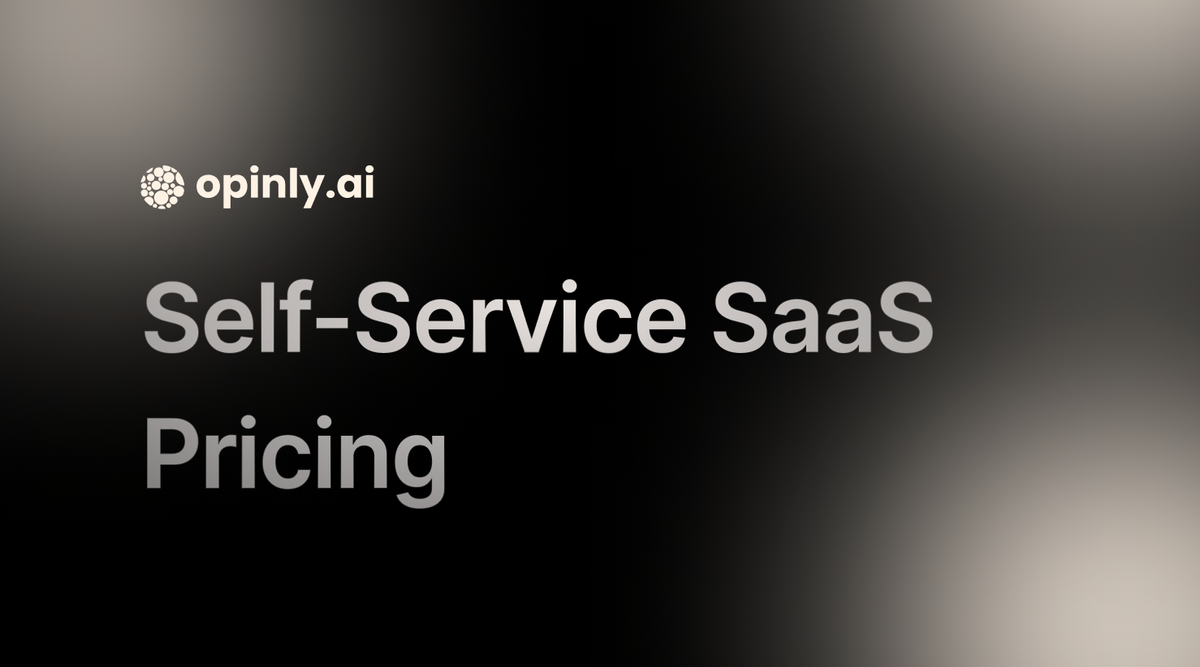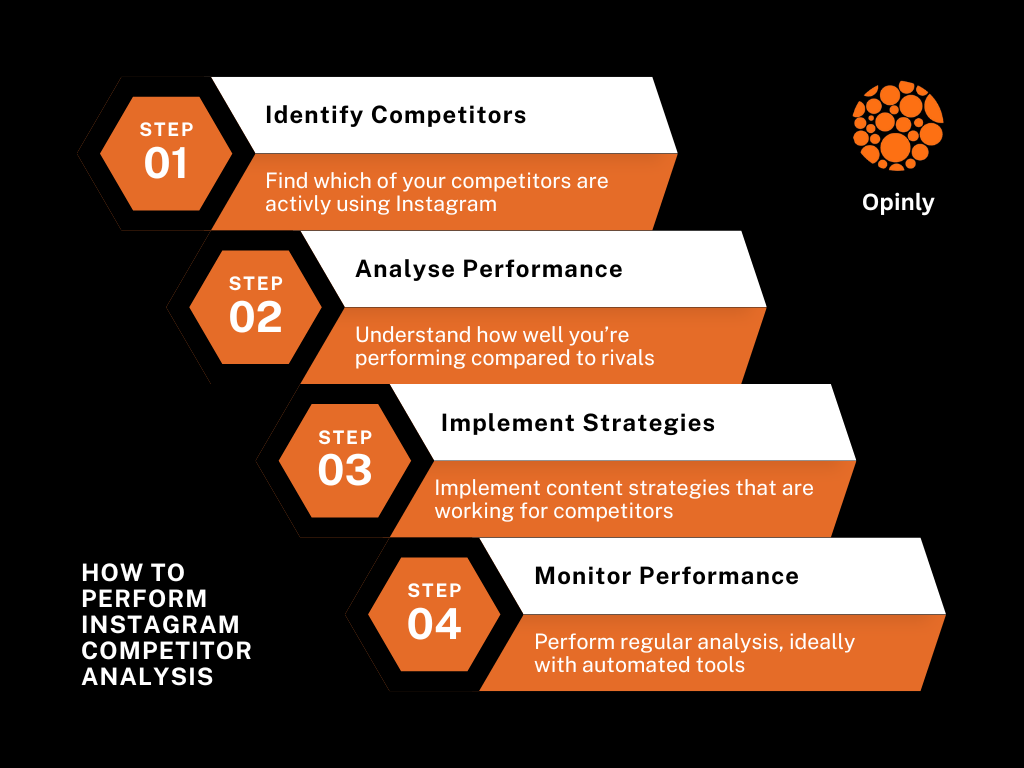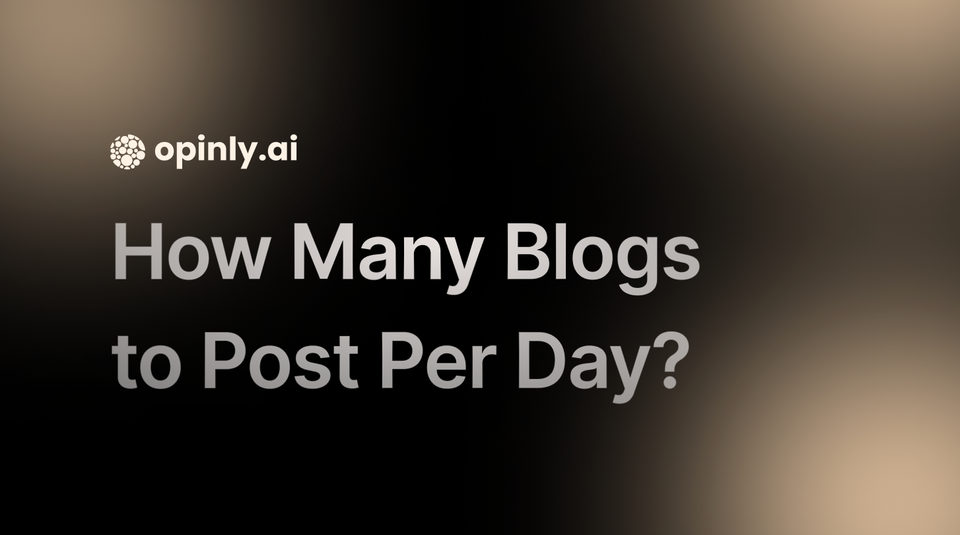Guide to Self-Service SaaS Pricing
Discover essential strategies for self-service SaaS pricing. From models and frameworks to best practices, this guide helps SaaS companies optimize revenue and empower customers with flexible pricing options.

In the dynamic world of Software as a Service (SaaS), pricing strategies play a crucial role in attracting and retaining customers. Self-service SaaS pricing is gaining traction as businesses seek ways to empower users while optimizing revenue. This blog post explores the various components of self-service SaaS pricing, including models, frameworks, and best practices.
Understanding Self-Service SaaS Pricing Models
Self-service SaaS pricing allows customers to independently make decisions about what services they wish to purchase. It simplifies the buying process and creates a more flexible user experience. Here are some common pricing models you'll encounter:
- Subscription-Based Pricing: Customers pay a recurring fee to access the software. This model ensures a steady revenue stream.
- Freemium Model: Offers basic features for free while charging for advanced capabilities. This strategy can attract a large user base quickly.
- Tiered Pricing: Customers are presented with multiple pricing tiers, each offering a different level of service. This allows customers to choose a plan that best fits their needs.
- Per-User Pricing: Charges based on the number of users accessing the software, creating an incentive for teams to grow their usage.
Resources:
- SaaS Pricing Models for in-depth insights.
Setting Self-Service SaaS Pricing: A 6-Step Framework
Determining the right pricing for your SaaS product can be a challenging task. Follow this six-step framework to create an effective pricing strategy:
- Conduct Market Research: Analyze competitors and industry trends to understand the pricing landscape.
- Understand Value Perception: Determine how customers perceive the value of your product. This includes gathering feedback and conducting surveys.
- Competitive Analysis: Look into your competitors’ pricing strategies to find gaps and opportunities for differentiation.
- Design Pricing Tiers: Develop clear pricing packages that articulate the benefits of each tier.
- Test Your Pricing: Implement A/B testing to identify which pricing structure resonates best with customers.
- Iterate and Evaluate: Regularly assess your pricing strategy based on market feedback and changes in customer needs.
Resources:
- How to Set SaaS Pricing: A 6-Step Framework for a comprehensive guide.
Best Practices for Subscription Pricing
Implementing self-service pricing involves considering several best practices to optimize customer experience and profitability:
- Offer Trial Periods: Allow potential customers to try your product for free, mitigating the risk of upfront costs.
- Transparent Communication: Clearly communicate the features and limitations of each pricing tier to avoid misunderstandings.
- Flexibility in Plans: Allow users to upgrade, downgrade, or cancel their plans easily.
Resources:
- Best Practices for Subscription Pricing to refine your approach.
Advantages and Challenges of Self-Service Pricing
Advantages:
- Customer Empowerment: Customers can choose and manage their subscriptions without needing direct engagement with sales reps.
- Scalability: As your user base grows, the self-service model allows for seamless onboarding and support.
Challenges:
- Service Quality: Maintaining high-quality service can be difficult with self-service models if not managed effectively.
- Customer Support: Ensuring that customers can access help when needed without overwhelming your support system can be tricky.
Resources:
- Charging for SaaS: Using a Self-Service Model for tips on balancing these elements.
Implementing Self-Service Strategies
To successfully implement a self-service model, consider the following strategies:
- User Onboarding: Create thorough onboarding processes to guide users through initial setup and use.
- Software Usability: Design an intuitive user interface that allows customers to navigate the product independently.
- Automated Support Systems: Implement chatbots and FAQs to assist users without the need for direct human intervention.
Resources:
- Self-Service Strategies in SaaS for actionable steps.
Conclusion
Self-service SaaS pricing can significantly enhance customer engagement and drive revenue when executed effectively. By understanding different pricing models, implementing a robust framework, and following best practices, businesses can create a pricing strategy that aligns with market demand and enhances user satisfaction.
For further insights into effective pricing strategies, consider exploring The SaaS Pricing Strategy Playbook for actionable recommendations tailored for self-service SaaS models.
This blog aims to provide a comprehensive overview of self-service SaaS pricing, equipping SaaS companies to make informed pricing decisions that cater to their users' needs.
This blog post delineates valuable insights regarding self-service SaaS pricing, incorporating well-researched information to help businesses design effective pricing strategies that cater to their audience while embracing the evolving SaaS landscape.




